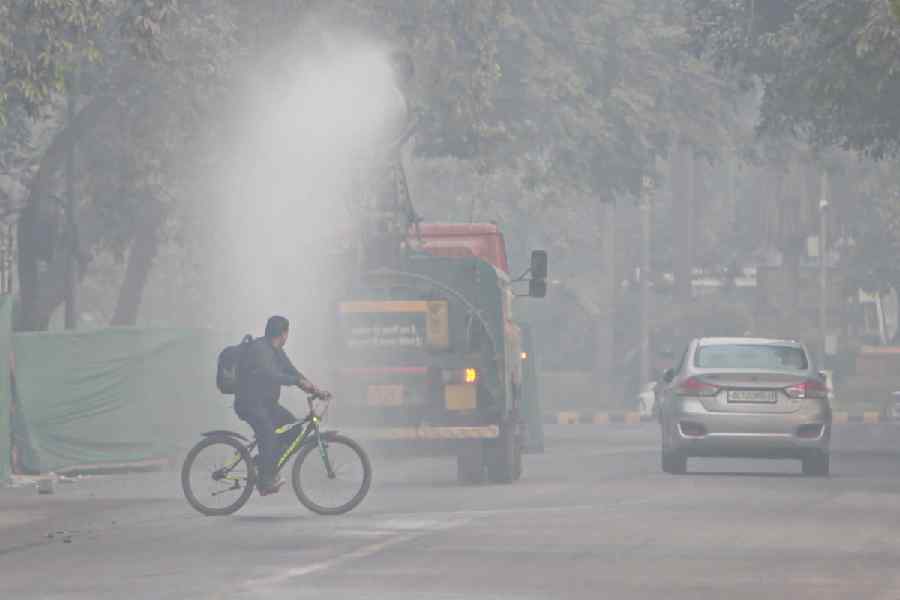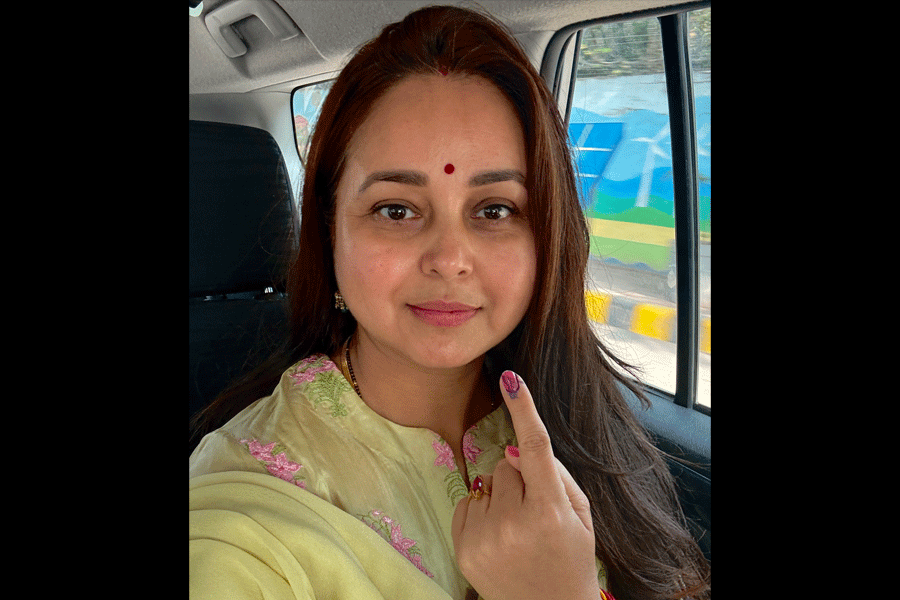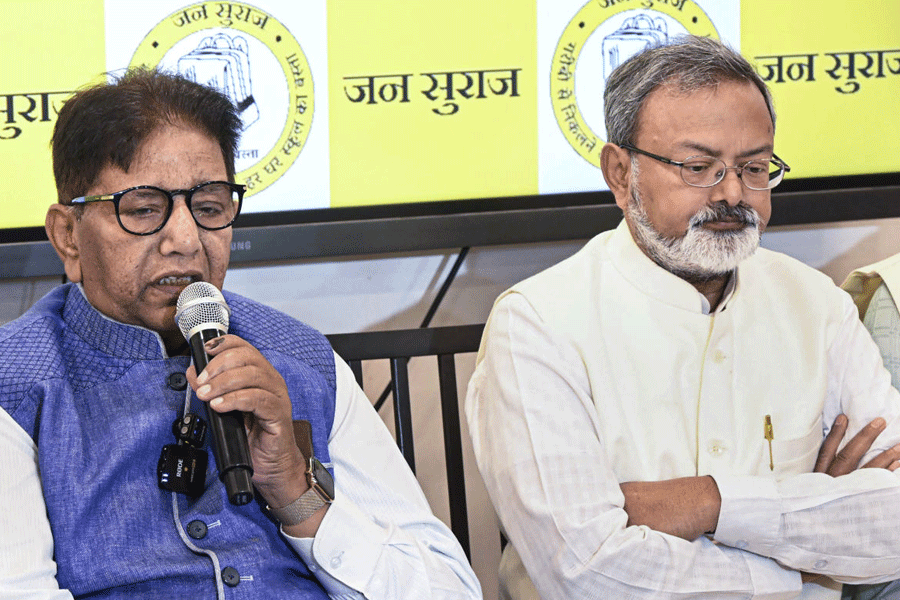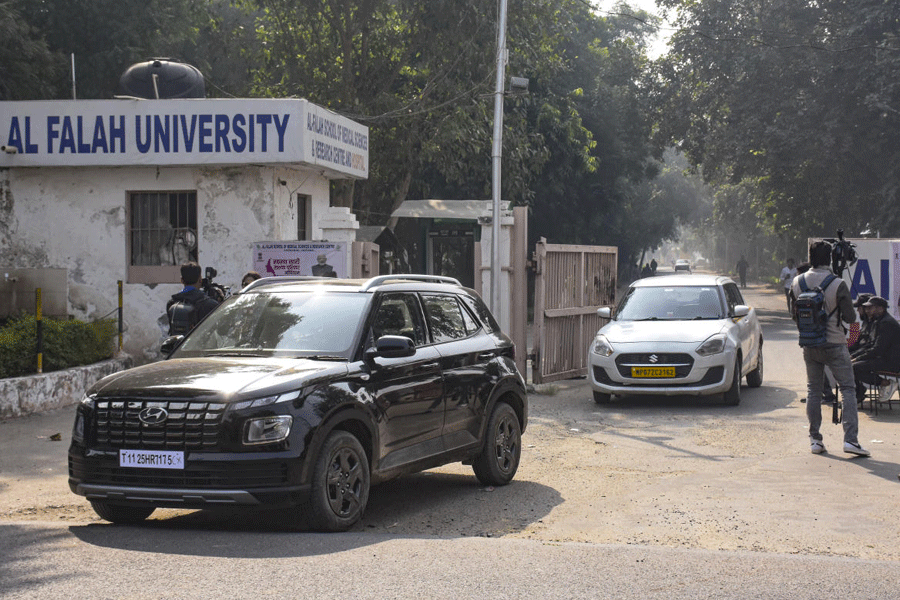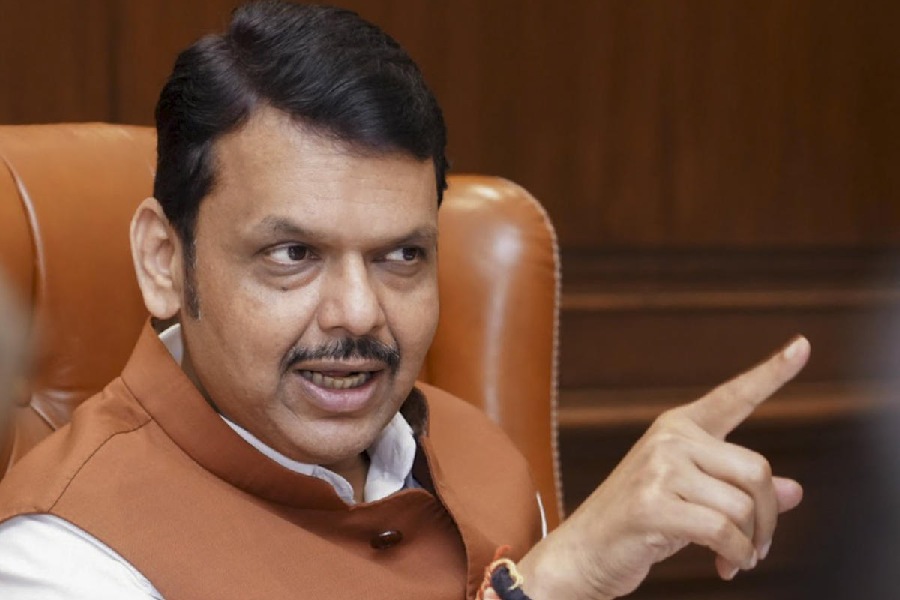Delhi Environment Minister Manjinder Singh Sirsa on Saturday said the capital’s high pollution levels are being driven mainly by PM10.
Sirsa said gaps in sanitation and road maintenance are worsening air quality, while winter conditions are converting accumulated dust into smog.
The city's sanitation systems and road conditions require "lot of work", Sirsa said, adding that gaps in local upkeep were contributing significantly to deteriorating air quality.
"We have identified 62 such hotspots where traffic or dust are the main causes, and we are working on them," the minister said.
He said the onset of winter is worsening the situation, with accumulated dust gradually turning into smog. "The battle for a clean Delhi is against 10 major polluting factors. Stubble burning also adds to it, but with the sowing season about to begin, its impact will start declining," he added.
Sirsa also noted that Delhi continues to be affected by emissions from industrial units that were shifted to neighbouring regions. "The border areas are still being affected, and the Delhi government is working on this as well," he said.
On November 11, for the first time this season, the capital's average Air Quality Index (AQI) entered the 'severe' category, a level last recorded in December 2024.
After remaining in the 'severe' zone for three consecutive days, the AQI improved slightly, falling to the 'very poor' category on Friday.

